Australia v New Zealand Test: Dr Obaid Rehman helps fix Tim Paine DRS woes
During the Ashes, Australia’s abysmal record for referring decisions was laid bare. They knew they had to find a solution – and fast.
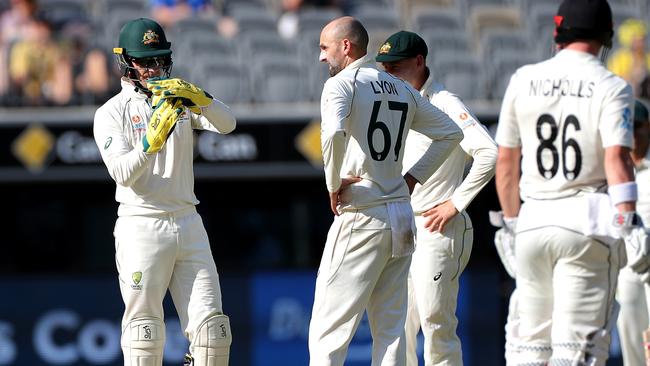
Cricket
Don't miss out on the headlines from Cricket. Followed categories will be added to My News.
- How will Proteas fans treat Smith, Warner?
- Chappell: Kiwis’ ‘Bodyline’ approach will cost them the series
Meet Dr DRS.
The man Australia has turned to in a bid to crack cricket’s most convoluted code.
When 22 botched referrals from 24 attempts leaves you in a critical condition, you need the doc with the PHD in lbw.
Dr Obaid Rehman works for the Federal Government in Canberra as a specialist in control systems and as an avid cricket watcher, was prompted to personally contact Justin Langer after becoming convinced Australia’s method for using DRS was fundamentally flawed.
Stream the AUS v NZ Domain Test Series LIVE & Ad-Break Free During Play on KAYO with FOX CRICKET’s unmatched commentary line-up. New to Kayo? Get your 14-day free trial & start streaming instantly >
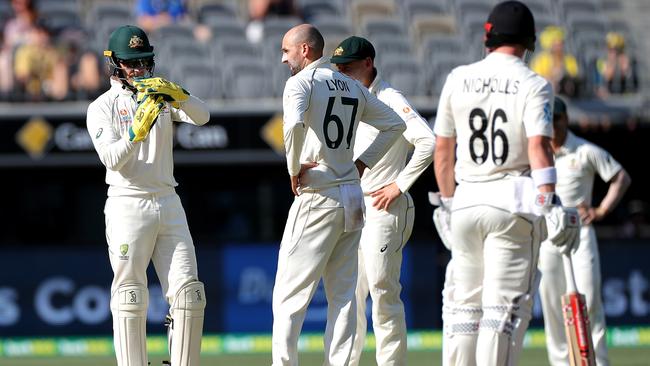
Invited into camp to speak with the brains’ trust at the start of the summer, Dr Obaid has prescribed a theoretical remedy he believes will boost Australia’s DRS record to a staggering 50-80 per cent success rate if followed correctly.
For the world’s worst users of the decision review system, it was time for a DRS SOS.
“If you don’t use a systematic process, you won’t be able to make the right review. If you follow my process you’ll be able to get the right review,” Dr Obaid told The Daily Telegraph.
“I came up with the four factors for DRS and if you’re able to conquer those you’ll be able to achieve the right decision.
“Not 100 per cent, but you will improve to 50-80 per cent decision-making.”
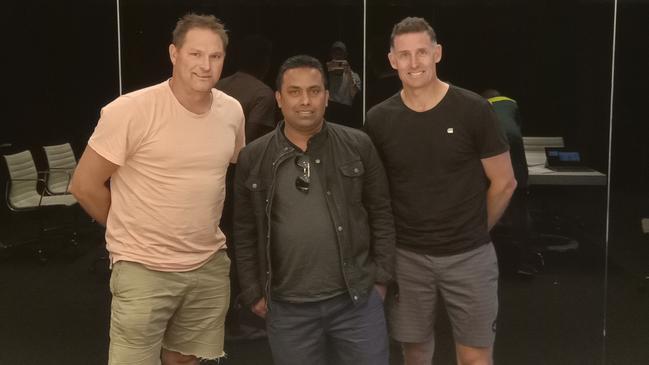
Langer says the DRS Doctor has helped crystallise a process that has seen Australia apply strategy to its reviews this summer.
“We brought in … Dr Obaid, and he gave us some different ideas on what we might do and we’re getting a lot more structure with it,” Langer said on Fox Cricket’s 360.
“Now it’s not like 11 guys running in and the captain is going, ‘what am I going to do?’ We’re getting better and those strategies are getting a lot better.
“It’s more clinical and we’re getting a lot more right.”
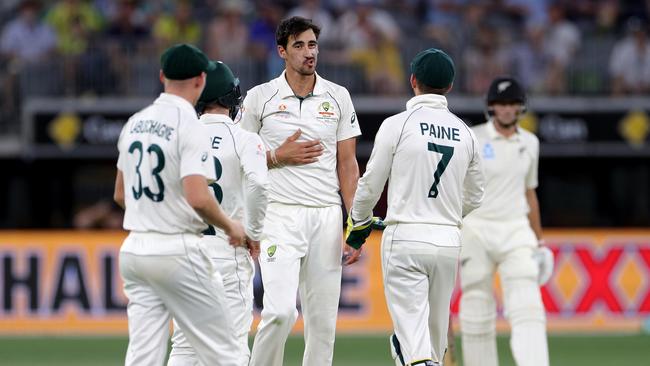
Dr Obaid’s theory is based on four pillars: streamlined communication; eliminating emotional reactions and conflicts of interest; training to improve intuition; and executing the system with confidence.
Boiled down to its simplest form, Dr Obaid says Australia had been asking themselves the wrong question.
“They just asked the bowler if it was out or not. Which makes it all random. Rather than asking, ‘why didn’t the umpire give it out?’ That was the big crux of the problem,” he said.
“You ask this question and you start thinking more analytically and when you think more analytically your emotions actually go away. You think about the question rather than your emotion.
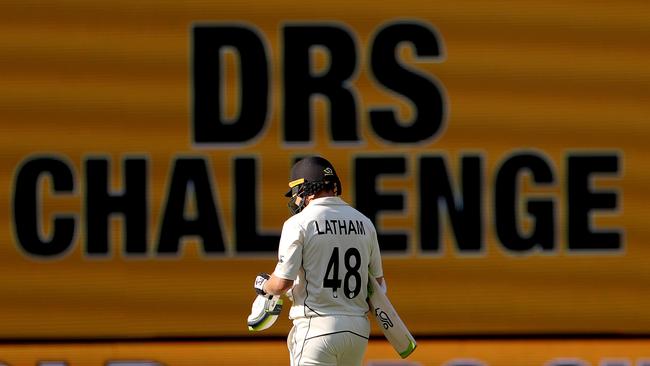
“I presented to Justin Langer, Michael Hussey and Ben Oliver and all the top Cricket Australia management and coaches in Canberra, when they came to play against Pakistan (in early November).
“You saw when they used my proposal in the first Test and they didn’t lose any reviews. It’s common sense, but nobody was using that common sense.”
Dr Obaid says his intuition with reading trajectory is born out of his expertise in researching hyper sonic flight control systems and understanding how technology like DRS work, while his experience in systems engineering has made him an “expert in decision analysis”.

Born in Pakistan and moving to Australia 11 years ago after studying in the UK, Dr Obeid was first motivated to develop a DRS theory after watching Shaun Marsh cop an lbw howler in a Test against India in Bangalore in 2017, with his decision not to refer arguably a key factor in Australia losing the Test and the series.
Dr Obaid’s early-season one and a half-hour presentation to Langer and Australian staff is only the beginning. He has two more phases of his training to go and has developed a software app which would allow Australian players to train on how to more intuitively interpret the trajectory of DRS’ ball tracker when they are on the field.
THE DOCTOR’S REMEDY
Here are some of the key aspects of Dr Obaid’s DRS theory, which is based on his finding that umpires get decisions right 95 per cent of the time, and players are successful in overturning only 26 per cent of the time.
*A good review is one where you don’t lose a review. Situations where the worst case scenario is it’s umpire’s call and you will not lose your review.
*Remove the instinctive agendas of players with a conflict of interest in the review by asking systematic questions which remove emotion from the decision.
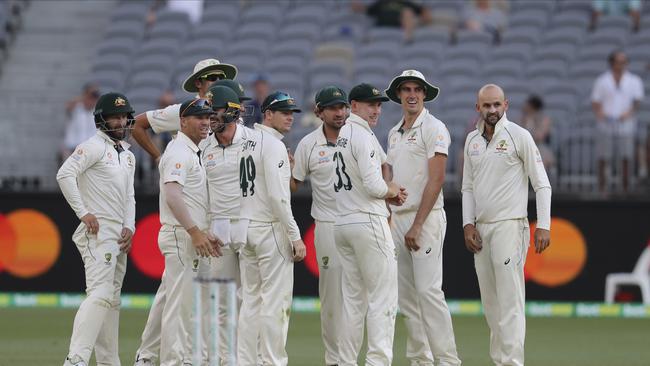
*For lbw decisions, only three people should be involved: the wicketkeeper, bowler and one fielder square of the wicket – who can accurately adjudge height.
*Slip fielders should stay out of lbw referrals but for caught behind referrals, their input is crucial.
*In a batting referral, the batter on strike should stay as still as possible at the crease after being struck on the pad, with the non-striker coming down the wicket to offer their advice with the assistance of batter still in same spot.
*Non-striker should stand as close to stumps as possible when bowler runs in because they are the ones who should inform any lbw referral.
*Strategies change if one of the two reviews for an innings has already been lost.
*Players should practice using a software app which helps them study trajectory. Hand gestures should be used to hasten processes on the field.
Originally published as Australia v New Zealand Test: Dr Obaid Rehman helps fix Tim Paine DRS woes


